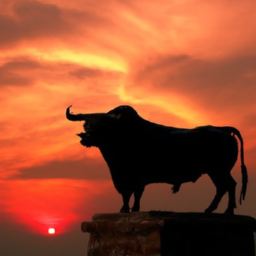
Have you ever wondered about the unique creatures that inhabit the beautiful state of Colorado? “Strange Animals In Colorado” is a captivating book that takes you on a journey into the fascinating world of the state’s enigmatic wildlife. From elusive mountain lions to mysterious black-footed ferrets, this engaging read explores the diverse range of strange and elusive animals that call Colorado their home. Get ready to embark on an adventure filled with captivating tales and intriguing facts, as you uncover the secrets of these extraordinary creatures.
Rare Mammals of Colorado
American Marten
The American Marten, also known as the pine marten, is a rare sight in Colorado. These small carnivores have slender bodies and luxuriously soft fur, which has made them a target for fur traders in the past. However, conservation efforts have helped protect these elusive creatures and increase their population in the state. The American Marten is skilled at climbing trees and spends most of its time in coniferous forests, making it quite elusive to spot. If you’re lucky enough to catch a glimpse of this rare mammal, you’ll be treated to a sight of its agile movements and adorable face.
Canada Lynx
The Canada Lynx, with its distinctive tufted ears and beautiful spotted coat, is another rare mammal found in Colorado. These medium-sized wild cats are perfectly adapted to survive in the cold climates of the Rocky Mountains. They have long legs and broad paws that act like snowshoes, allowing them to navigate through deep snow effortlessly. Sadly, the Canada Lynx population has declined due to habitat loss and fragmentation. Nonetheless, efforts are being made to conserve and restore their habitats, ensuring the continued existence of these majestic creatures in Colorado.
Black-footed Ferret
The Black-footed Ferret is one of the most endangered mammals in North America, and Colorado is home to efforts aimed at saving this species from extinction. These small, nocturnal creatures are known for their distinctive black face mask and black feet. Historically, they depended on prairie dogs for food and shelter, but due to the decline in prairie dog populations, their numbers have decreased dramatically. Conservationists are working hard to protect and restore prairie dog habitats to support the recovery of this charismatic mammal in Colorado.
Wolverine
The Wolverine, often referred to as the “skunk bear,” is a rare and elusive species in Colorado. With its powerful build and thick fur, the Wolverine is perfectly suited for life in the colder regions of the state. Known for their strength and endurance, Wolverines are highly territorial and can cover vast distances in search of food. Unfortunately, due to habitat loss and fragmentation, Wolverines face numerous challenges in Colorado. Conservation efforts are crucial to ensure their survival and maintain the ecological balance of the state’s wildlife.
Incredibly Unique Birds in Colorado
Sandhill Crane
The Sandhill Crane, with its elegant gray plumage and distinctive red crown, is a sight to behold. These majestic birds migrate through Colorado, making their presence known with their distinct calls and graceful flight patterns. During their journey, they stop by wetland areas to rest and feed, providing birdwatchers with a unique opportunity to observe them up close. Colorado plays an essential role in the conservation of the Sandhill Crane, as it serves as a crucial stopover point along their migratory route.
Lewis’s Woodpecker
Named after Meriwether Lewis of the Lewis and Clark Expedition, Lewis’s Woodpecker is a stunning species found in Colorado. Unlike other woodpeckers, it doesn’t rely on drilling into trees for insects. Instead, it catches insects on the wing while performing impressive aerial acrobatics. Known for its iridescent greenish-black feathers and bright red face, Lewis’s Woodpecker is a true gem of Colorado’s bird population. However, habitat loss and reduced availability of standing dead trees pose threats to their population, emphasizing the need for conservation efforts.
Burrowing Owl
The Burrowing Owl is a small and charismatic bird that calls Colorado home, particularly in grassland and prairie regions. These unique birds are known for their habit of nesting in burrows, often dug by other animals like prairie dogs. Burrowing Owls have conspicuous white eyebrows and a peculiar bobbing behavior that adds to their charm. However, they face various challenges, including habitat loss and pesticide exposure, which have led to a decline in their populations. Conservation initiatives are crucial to ensure the survival of this adorable and captivating bird.
Mountain Plover
The Mountain Plover is a ground-nesting bird that inhabits open grasslands and prairies in Colorado. With its camouflaged plumage and small size, it is a master of blending into its surroundings. These unique birds are often spotted in large flocks, and their presence signifies the richness of native grassland ecosystems. However, the Mountain Plover faces threats such as habitat fragmentation and conversion of grasslands for agriculture. Conservation efforts are necessary to protect their habitats and ensure the continued survival of this remarkable species in Colorado.
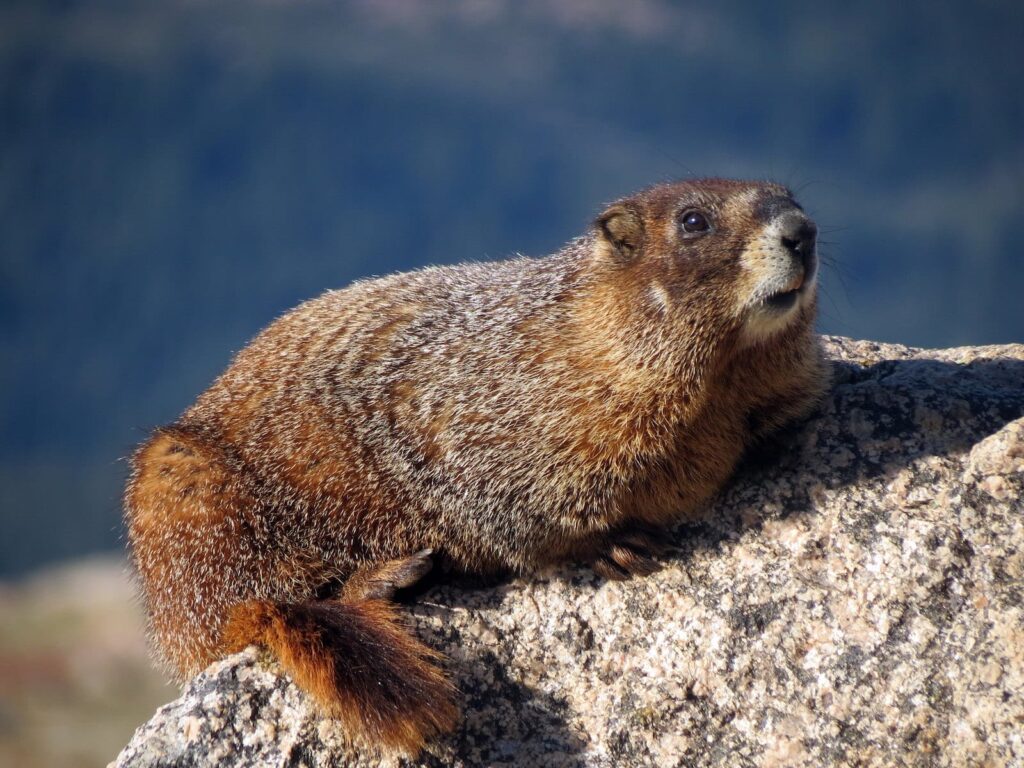
Unusual Aquatic Creatures
Bluehead Sucker
The Bluehead Sucker, a native fish species, can be found in certain freshwater rivers and streams across Colorado. With its vibrant blue head and distinct markings, it stands out among other fish species. Bluehead Suckers are bottom-dwellers and often use their sucker-like mouths to feed on algae and small invertebrates present in the riverbed. Despite being relatively common, the Bluehead Sucker faces challenges due to habitat degradation and the introduction of non-native species. Protecting the quality of their freshwater habitats is crucial for their long-term survival.
Colorado River Cutthroat Trout
The Colorado River Cutthroat Trout is a prized native fish species that resides in the cold, clear waters of Colorado’s mountain streams and lakes. These fish are known for their vibrant colors, with stunning orange-red markings adorning their sides. The Colorado River Cutthroat Trout plays a vital role in maintaining the health and balance of freshwater ecosystems. However, habitat degradation, overfishing, and competition from non-native trout species pose significant threats. Conservation efforts, including habitat restoration and fishing regulations, are crucial to preserve this iconic fish in Colorado.
Boreal Toad
The Boreal Toad, also known as the Western Toad, is a unique amphibian species found in Colorado’s high-altitude wetlands and marshes. This toad has rough, dark-colored skin covered in small bumps and two distinct swollen glands behind its eyes, giving it a unique appearance. Boreal Toads are highly adapted to cold mountain environments and hibernate during the harsh winter months. Sadly, their populations have been declining due to habitat loss, disease, and climate change. Conservation efforts are vital to protect their dwindling populations and ensure the survival of this fascinating amphibian in Colorado.
Rare Reptiles and Amphibians
Western Massasauga
The Western Massasauga is a rare and venomous rattlesnake species found in a few select locations in Colorado. These snakes have a distinct rattle at the end of their tail, which they use as a warning signal when threatened. The Western Massasauga primarily inhabits wetland areas and feeds on small mammals and amphibians. Habitat loss, fragmentation, and persecution have led to a decline in their populations. Conservation efforts are necessary to protect their habitat and bolster their numbers while ensuring public safety.
Southern Spadefoot
The Southern Spadefoot is a fascinating and elusive amphibian found in various habitats across Colorado, including grasslands and sandy areas. These unique frogs possess specialized spade-like hind feet, which they use to burrow into the ground during periods of drought or to avoid predators. Southern Spadefoots are primarily nocturnal and have a distinctive call that can be heard on warm summer nights. However, land development, habitat destruction, and competition from non-native species threaten their existence. Protecting their habitats and mitigating potential threats is crucial for the survival of this intriguing amphibian.
Common Mud Turtle
The Common Mud Turtle, as its name suggests, is a semi-aquatic turtle species that can be found in ponds, lakes, and slow-moving streams in Colorado. These small turtles have a distinctive black or brown carapace and are known for their ability to thrive in muddy or shallow water habitats. While not as rare as some other species on this list, the Common Mud Turtle faces threats from habitat destruction, pollution, and collection for the pet trade. Conservation efforts are necessary to protect their habitats and ensure their long-term survival in Colorado.
Tiger Salamander
The Tiger Salamander is a fascinating amphibian that can be found in various habitats across Colorado, including wetlands, grasslands, and even forested areas. These large salamanders have a unique black and yellow marbled pattern on their skin, which provides excellent camouflage. Tiger Salamanders are highly adapted to living underground and will tunnel through soil to find shelter and prey. However, habitat loss, habitat fragmentation, and an increase in road mortality pose threats to their populations. Conservation measures are vital to protect their habitats and prevent further decline of this remarkable amphibian.
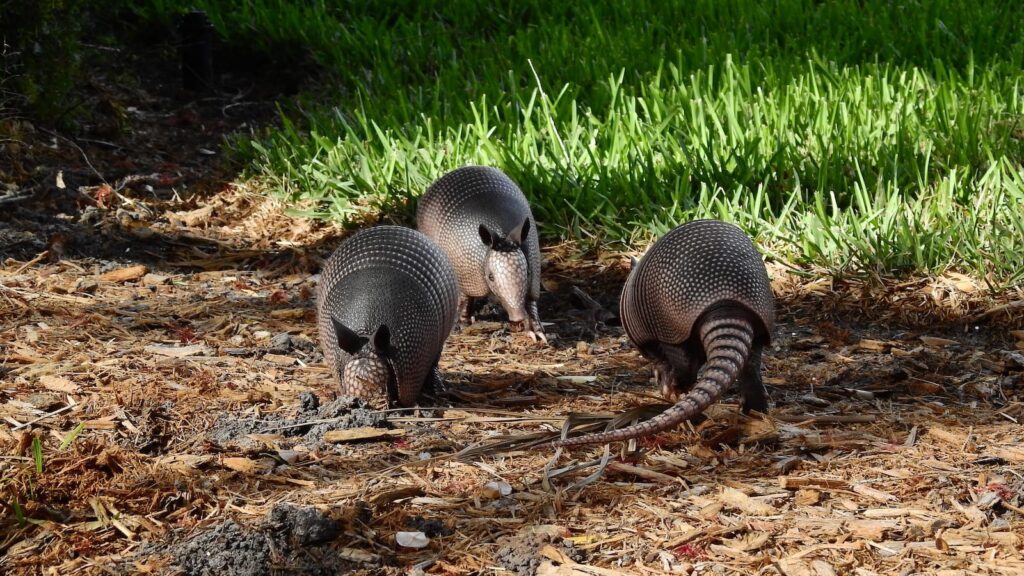
Unique Insects Found in Colorado
Colorado Hairstreak Butterfly
The Colorado Hairstreak Butterfly is a stunning and highly localized species found in Colorado’s montane forests. These small butterflies have distinctive coloring, with iridescent blue wings adorned with orange and black markings. Colorado Hairstreaks have a close relationship with native oak trees and are often spotted flying around the forest edges. However, habitat loss and degradation threaten their populations, as oak forests are susceptible to logging and land development. Conservation efforts are necessary to protect their habitat and support the survival of this beautiful butterfly in Colorado.
Pine Sawyer Beetle
The Pine Sawyer Beetle, also known as the Black Longhorn Beetle, is a fascinating insect species found in Colorado’s coniferous forests. These large beetles have elongated bodies and long antennae, which give them a striking appearance. Pine Sawyer Beetles play an essential role in forest ecosystems by aiding in the decomposition of dead and dying trees. However, habitat loss due to logging and forest disturbances poses a threat to their populations. Ensuring sustainable forestry practices and protecting their forest habitats is crucial for the survival of this unique beetle.
Rocky Mountain Wood Tick
The Rocky Mountain Wood Tick is a common and well-known insect in Colorado. These large ticks are found in grassy areas and are known to latch onto mammals, including humans, for a blood meal. While not as glamorous as other creatures on this list, the Rocky Mountain Wood Tick deserves mention due to its prevalence and potential impact on public health. These ticks can transmit diseases such as Colorado tick fever and Rocky Mountain spotted fever. Taking precautionary measures, such as wearing protective clothing and regularly checking for ticks, is essential when venturing into tick-infested areas.
Dobsonfly
The Dobsonfly, a striking insect with impressive, large mandibles, is found in Colorado’s rivers, streams, and other bodies of freshwater. The males have pronounced jaws, resembling antlers, while the females have curved mandibles. Dobsonflies spend most of their lives as aquatic larvae, known as hellgrammites, before transitioning into their short adult stage. While they may appear intimidating, Dobsonflies are harmless to humans. Their presence in freshwater habitats serves as an indicator of good water quality. As such, their conservation is closely tied to the preservation of clean and healthy aquatic ecosystems in Colorado.
Endangered Animals
Preble’s Meadow Jumping Mouse
Preble’s Meadow Jumping Mouse is a rare and endangered species that can be found in riparian areas of Colorado. These small and nocturnal mice have long hind legs, enabling them to make impressive leaps between plants and evade predators. Preble’s Meadow Jumping Mouse depends on wetland habitats for survival, making them particularly vulnerable to habitat loss and degradation. Conservation efforts, including the protection and restoration of riparian areas, are essential to preserving this unique mouse in Colorado.
Greenback Cutthroat Trout
The Greenback Cutthroat Trout, Colorado’s state fish, is one of the rarest trout species in North America. These beautiful fish were once thought to be extinct but were rediscovered in a remote part of Colorado in the 1950s. Greenback Cutthroat Trout have distinctive reddish-orange slashes on the lower jaw, giving them their name. They are highly dependent on cold, clear mountain streams and face numerous threats, including habitat loss, competition from non-native trout species, and hybridization. Conservation efforts, including habitat restoration and fishing regulations, are vital to ensure the survival and recovery of the Greenback Cutthroat Trout.
Whooping Crane
The Whooping Crane, with its striking white plumage and majestic stature, is one of the rarest and most endangered birds in North America. While not native to Colorado, there have been occasional sightings of these magnificent birds as they migrate through the state. Whooping Cranes have faced significant population declines due to habitat loss, hunting, and disturbance in their breeding grounds. Efforts to protect and restore their habitats, as well as ongoing conservation programs, are essential for the survival and recovery of this iconic species.
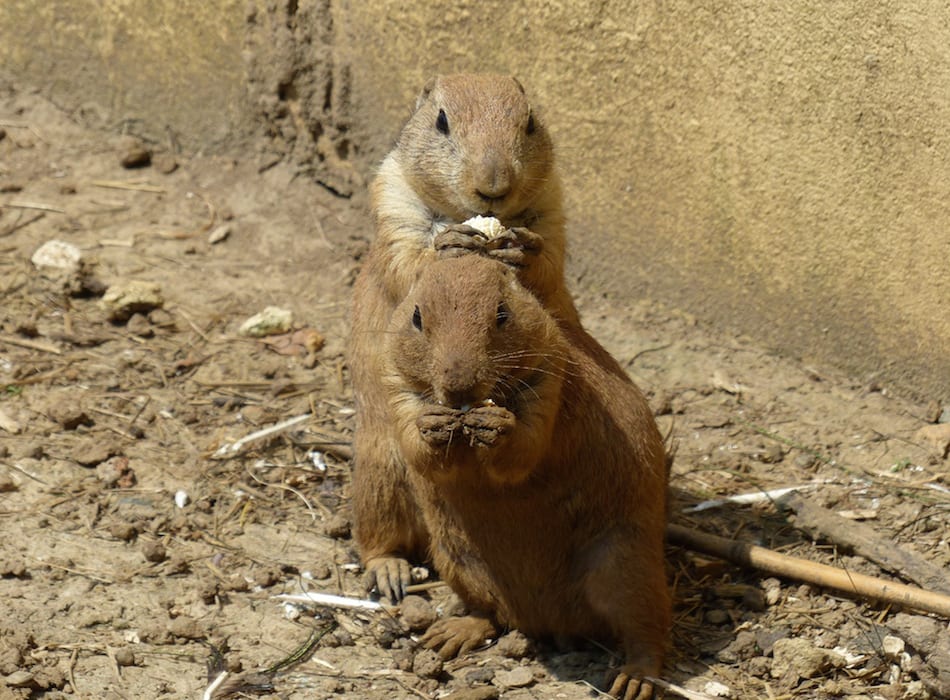
Invasive Species in Colorado
American Bullfrog
The American Bullfrog is an invasive species that has established itself in various water bodies across Colorado. These large frogs have loud, deep croaks and are known for their voracious appetites, preying on native amphibians and small mammals. American Bullfrogs outcompete native species for resources and disrupt the ecological balance of aquatic habitats. Efforts to control and eradicate these invasive frogs are necessary to protect Colorado’s native wildlife and maintain the health of freshwater ecosystems.
Moving Water Milfoil
Moving Water Milfoil, also known as Eurasian Water Milfoil, is an invasive aquatic plant species that poses a threat to Colorado’s waterways. This fast-growing nuisance plant forms dense mats on the surface of the water, obstructing sunlight and hindering the growth of native aquatic plants. Moving Water Milfoil can also negatively impact fish populations by reducing oxygen levels in the water and impairing fish habitat. Vigilant monitoring and control measures are necessary to prevent the spread and establishment of this invasive plant in Colorado.
Common Carp
The Common Carp, another invasive species in Colorado, is known for its destructive feeding habits and ability to rapidly reproduce. These large fish compete for food and habitat with native fish species, disrupting the natural balance of aquatic ecosystems. Common Carp are known for their ability to tolerate a wide range of water conditions, enabling them to thrive in various water bodies across the state. Active management strategies, including removal and control efforts, are necessary to mitigate the impact of Common Carp on Colorado’s native fish populations and aquatic habitats.
Nocturnal Animals of Colorado
Flannel Mouth Sucker
The Flannel Mouth Sucker, also known as the Roundtail Chub, is a nocturnal fish species found in Colorado’s rivers and streams. These fish, as their name suggests, have round tails and a distinct, fleshy “flannel” at the corner of their mouths. Flannel Mouth Suckers are primarily active during the night, using their keen sense of smell to locate food in the darkness. These fish face threats from habitat degradation, water pollution, and competition from non-native species. Protecting their freshwater habitats and improving water quality is essential for the survival of this unique nocturnal fish.
Great Horned Owl
The Great Horned Owl is a magnificent bird of prey that can be found in various habitats across Colorado, including forests, grasslands, and urban areas. These powerful owls are known for their distinct hooting call and large ear tufts. Great Horned Owls are exceptionally adaptable and have keen night vision, allowing them to thrive as nocturnal predators. While not rare in Colorado, they are impressive and important members of the state’s nocturnal wildlife community, playing a significant role in maintaining ecological balance.
Little Brown Bat
The Little Brown Bat is a common and important nocturnal mammal found throughout Colorado and North America. These small, insect-eating bats play a crucial role in controlling insect populations, including mosquitoes, making them an ally for humans. Little Brown Bats have a distinctive squeaking call and navigate through the night using echolocation. Unfortunately, these bats face numerous threats, including habitat loss, white-nose syndrome, and pesticide use. Conservation measures, such as protecting their roosting sites and raising awareness about their importance, are crucial for the survival of Little Brown Bats in Colorado.
Pallid Bat
The Pallid Bat, with its pale fur and distinctive facial features, is a nocturnal bat species found in parts of Colorado. These bats have a unique feeding behavior as they often specialize in preying upon scorpions. Pallid Bats possess the ability to tolerate the venomous sting of scorpions, making them a valuable natural predator. However, habitat loss, disturbance of roosting sites, and use of pesticides threaten their populations. Protecting their habitats and educating the public about their ecological importance are essential steps in ensuring the survival of this fascinating nocturnal creature in Colorado.
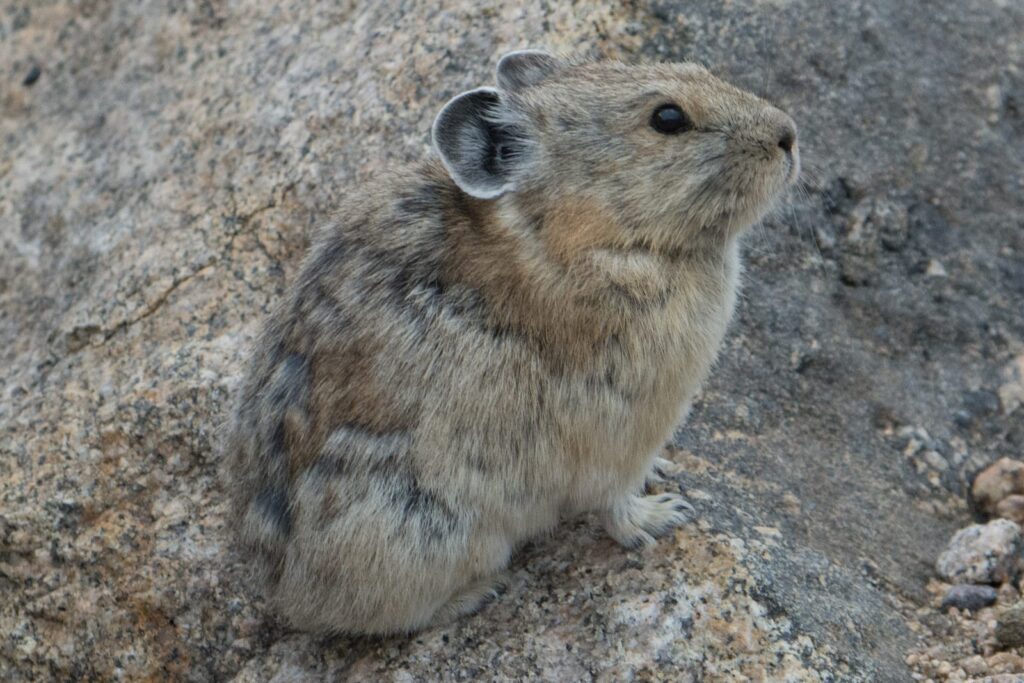
Colorado’s High Altitude Animals
American Pika
The American Pika is a small mammal that inhabits rocky slopes and talus fields in Colorado’s high-altitude regions. These charming creatures have round bodies, short limbs, and large, round ears, making them highly adapted to their alpine habitat. American Pikas are active during the day and spend the winter gathering and storing plant matter in their burrows. However, as climate change continues to impact high-altitude environments, these sensitive animals face challenges. Rising temperatures and reduced snowpack threaten their cold-dependent habitat. Efforts to conserve alpine habitats and reduce greenhouse gas emissions are crucial for the survival of this unique mountain species.
Bighorn Sheep
Bighorn Sheep are iconic residents of Colorado’s mountains and can be found in rugged terrain throughout the state. With their massive curved horns and impressive agility, they have become symbols of wilderness and adaptability. Bighorn Sheep are highly adapted to life at high altitudes, with specialized hooves that provide them with exceptional traction on rocky slopes. However, habitat degradation, disease transmission from domestic livestock, and overhunting have all contributed to a decline in their populations. Conservation efforts, including habitat protection, reintroduction programs, and education, are necessary to ensure the long-term survival of Bighorn Sheep in Colorado.
Yellow-bellied Marmot
The Yellow-bellied Marmot, also known as the Rock Chuck, is a social and diurnal rodent found in alpine meadows and rocky areas of Colorado. These furry creatures have a yellowish belly, a reddish-brown coat, and are known for their loud whistling calls. Yellow-bellied Marmots are highly adapted to their high-altitude habitats and hibernate during the winter months. Climate change, habitat degradation, and increased human activity pose threats to their populations. Protecting their alpine habitats and minimizing disturbance is crucial for the survival of these charming marmots in Colorado.
Mythical and Legendary Animals in Colorado Folklore
The Slide Rock Bolter
According to Colorado folklore, the Slide Rock Bolter is a mythical creature that inhabits the steep slopes and cliffs of the state’s mountainous regions. This legendary creature is said to be enormous, with an elongated body and powerful legs, allowing it to slide down rocky slopes with great speed. The Slide Rock Bolter waits for unsuspecting travelers or wandering animals to approach, at which point it releases its grip on the rocks and slides down the slope, catching its prey with its massive jaws. While purely a product of folklore, the Slide Rock Bolter serves as a reminder of the unique and sometimes eerie stories that have emerged from Colorado’s rugged landscapes.
Thunderbirds
Thunderbirds are legendary creatures found in the mythology of many Indigenous cultures throughout North America, including some Native American tribes in Colorado. These enormous, bird-like beings are believed to have wingspans that darken the sky and the ability to control thunder and lightning. Thunderbirds are regarded as powerful and often associated with rain and storms, playing a significant role in the spiritual beliefs of indigenous peoples. While Thunderbirds are revered in folklore and cultural traditions, their existence remains rooted in mythology rather than physical reality.
Paul Bunyan’s Blue Ox
While not specific to Colorado, the legend of Paul Bunyan’s Blue Ox, Babe, is well-known throughout North America. According to the tale, Paul Bunyan was a giant lumberjack who traveled across the continent accompanied by his trusty companion, Babe. Babe, the Blue Ox, was said to be massive, capable of pulling entire forests and creating geographical features with each step. Many fantastical stories surround the adventures of Paul Bunyan and Babe, creating a larger-than-life image of these legendary characters. While purely fictional, the legend of Paul Bunyan’s Blue Ox continues to captivate audiences and serves as a testament to the enduring power of folklore and storytelling.
In conclusion, Colorado is home to a diverse array of fascinating and unusual creatures. From rare mammals and unique birds to unusual aquatic creatures and mythical beings, the state’s wildlife is as diverse as its landscapes. Conservation efforts play a crucial role in protecting these species and ensuring their long-term survival. By appreciating and understanding these strange animals, we can contribute to their preservation and the preservation of Colorado’s unique natural heritage.






